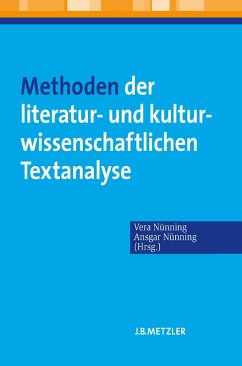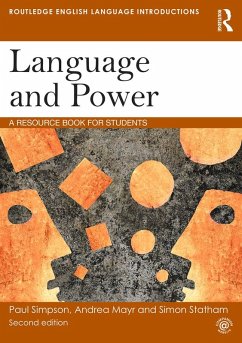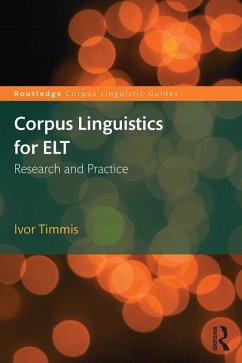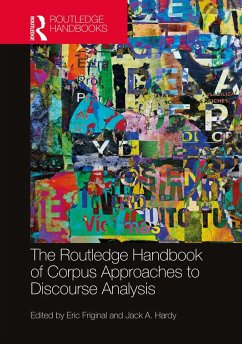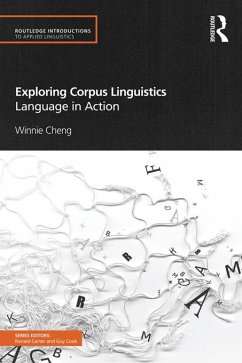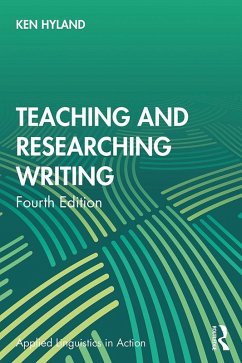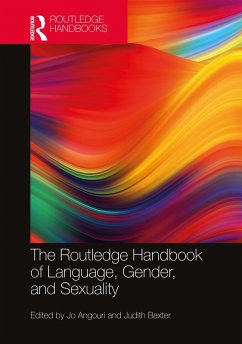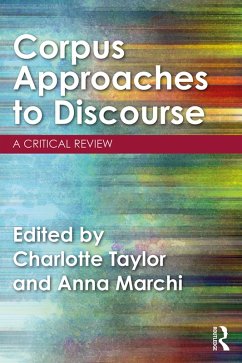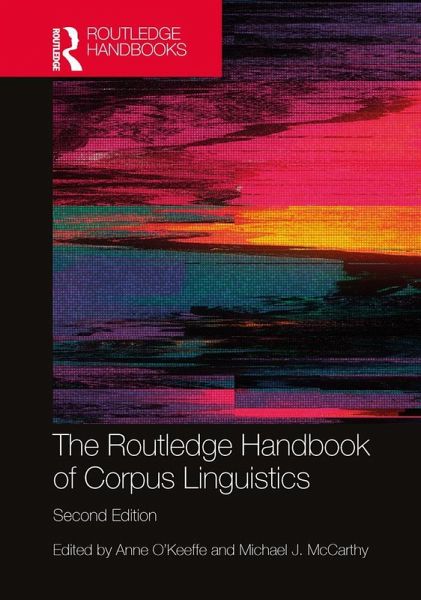
The Routledge Handbook of Corpus Linguistics (eBook, PDF)
Versandkostenfrei!
Sofort per Download lieferbar
44,95 €
inkl. MwSt.
Weitere Ausgaben:

PAYBACK Punkte
22 °P sammeln!
The Routledge Handbook of Corpus Linguistics 2e provides an updated overview of a dynamic and rapidly growing area with a widely applied methodology. Over a decade on from the first edition of the Handbook, this collection of 47 chapters from experts in key areas offers a comprehensive introduction to both the development and use of corpora as well as their ever-evolving applications to other areas, such as digital humanities, sociolinguistics, stylistics, translation studies, materials design, language teaching and teacher development, media discourse, discourse analysis, forensic linguistics...
The Routledge Handbook of Corpus Linguistics 2e provides an updated overview of a dynamic and rapidly growing area with a widely applied methodology. Over a decade on from the first edition of the Handbook, this collection of 47 chapters from experts in key areas offers a comprehensive introduction to both the development and use of corpora as well as their ever-evolving applications to other areas, such as digital humanities, sociolinguistics, stylistics, translation studies, materials design, language teaching and teacher development, media discourse, discourse analysis, forensic linguistics, second language acquisition and testing.
The new edition updates all core chapters and includes new chapters on corpus linguistics and statistics, digital humanities, translation, phonetics and phonology, second language acquisition, social media and theoretical perspectives. Chapters provide annotated further reading lists and step-by-step guides as well as detailed overviews across a wide range of themes. The Handbook also includes a wealth of case studies that draw on some of the many new corpora and corpus tools that have emerged in the last decade.
Organised across four themes, moving from the basic start-up topics such as corpus building and design to analysis, application and reflection, this second edition remains a crucial point of reference for advanced undergraduates, postgraduates and scholars in applied linguistics.
The new edition updates all core chapters and includes new chapters on corpus linguistics and statistics, digital humanities, translation, phonetics and phonology, second language acquisition, social media and theoretical perspectives. Chapters provide annotated further reading lists and step-by-step guides as well as detailed overviews across a wide range of themes. The Handbook also includes a wealth of case studies that draw on some of the many new corpora and corpus tools that have emerged in the last decade.
Organised across four themes, moving from the basic start-up topics such as corpus building and design to analysis, application and reflection, this second edition remains a crucial point of reference for advanced undergraduates, postgraduates and scholars in applied linguistics.
Dieser Download kann aus rechtlichen Gründen nur mit Rechnungsadresse in A, B, BG, CY, CZ, D, DK, EW, E, FIN, F, GR, HR, H, IRL, I, LT, L, LR, M, NL, PL, P, R, S, SLO, SK ausgeliefert werden.




